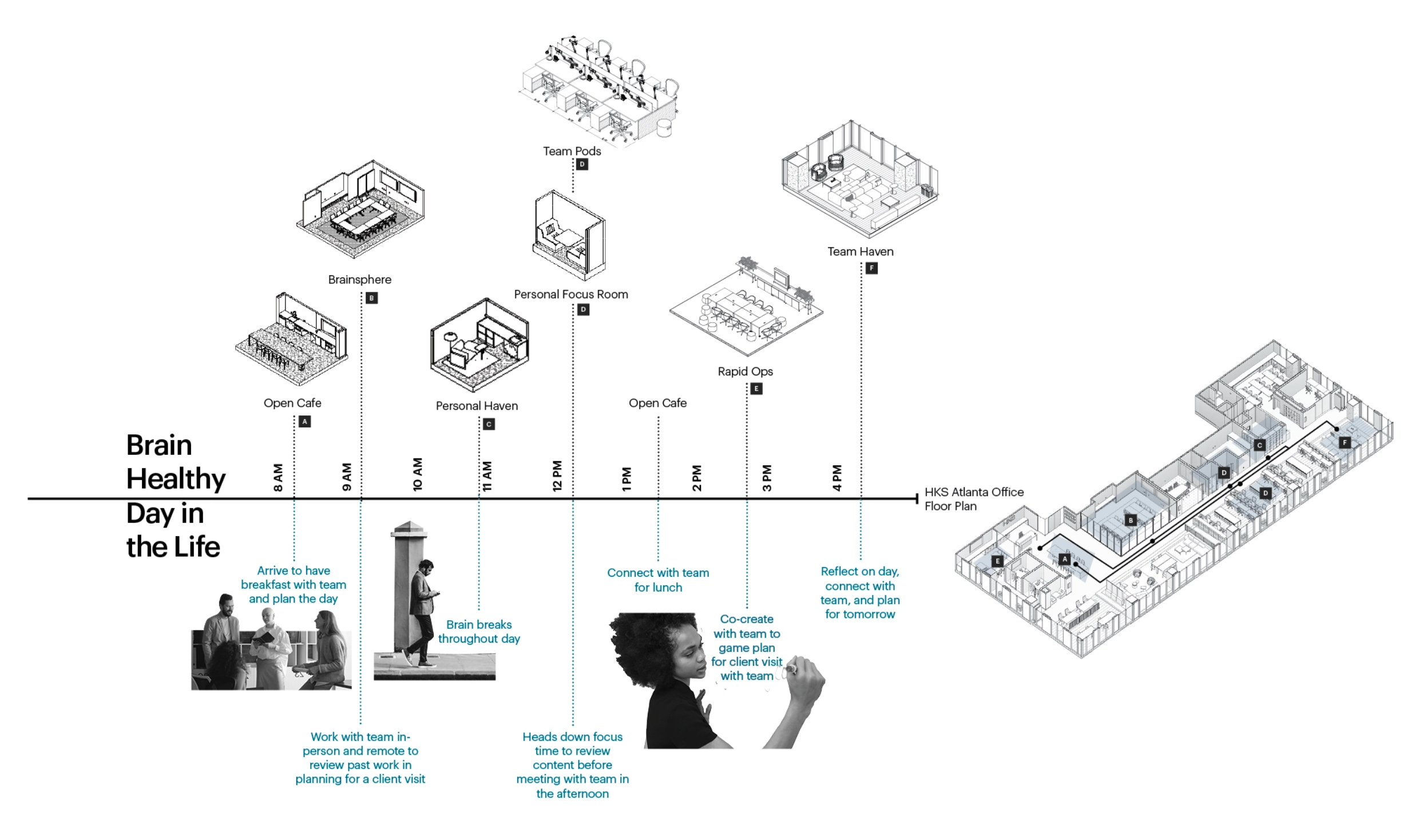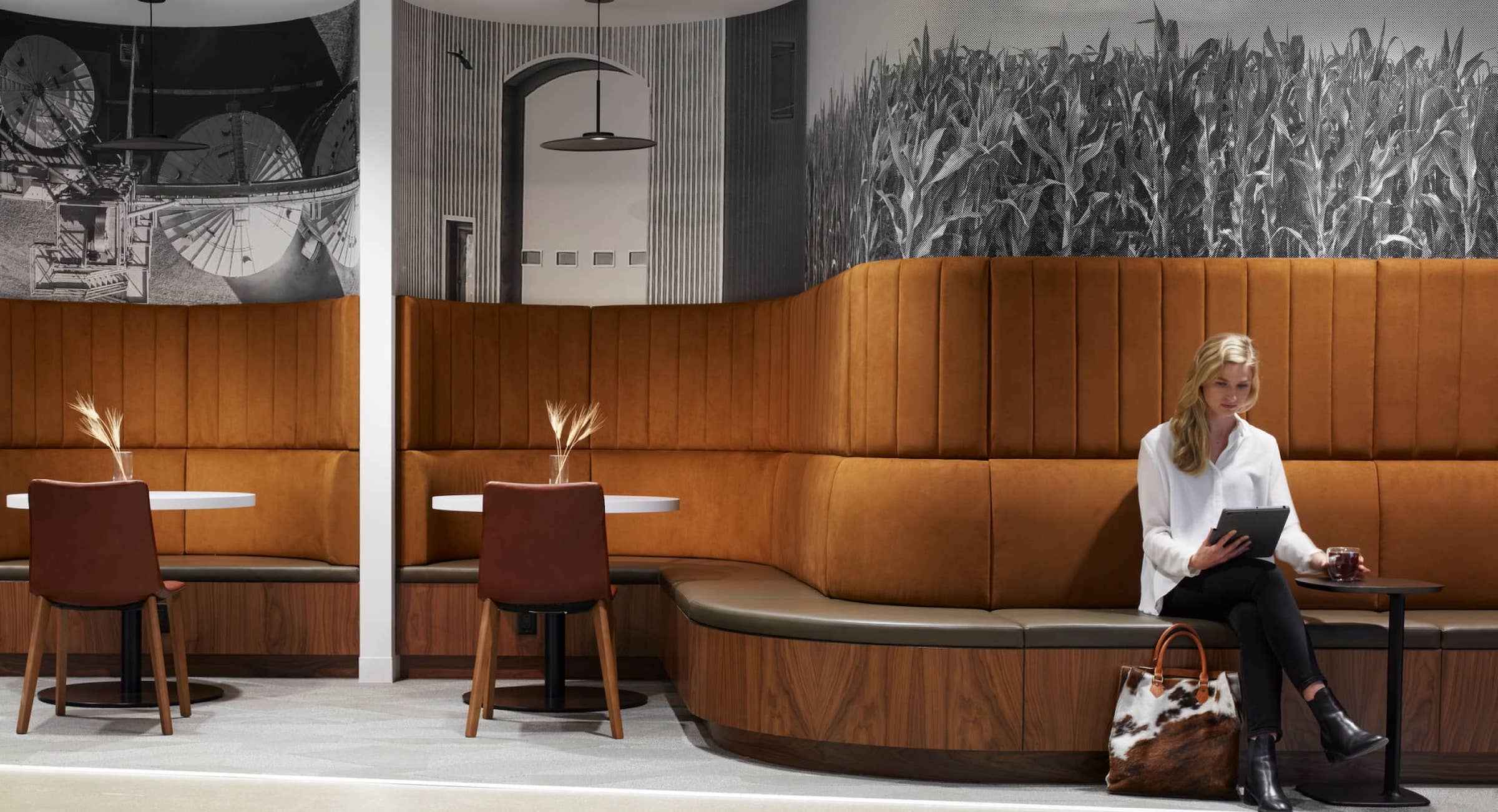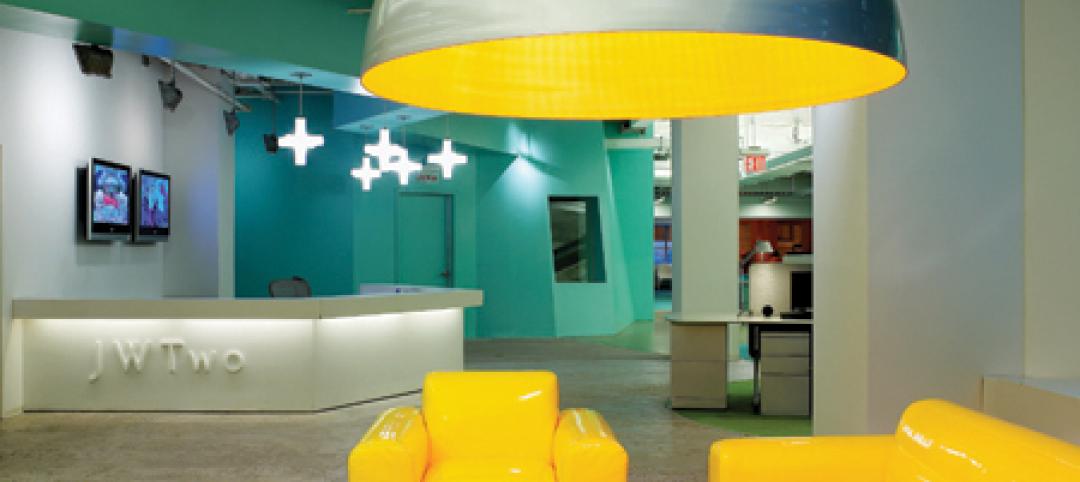Why brain health? We’ve written before about the need to embrace mental health through the prism of brain health. This emerging and growing concept encompasses neural development, plasticity, functioning, and recovery over the course of our lives.
In some ways, brain health is to mental illness what physical fitness is to disease. The current study focuses on employees—while we still have our eye on broader societal concerns, including isolation, anxiety, and various problems that come with balancing technologies in the digital age. In short, we found that brain health strategies work—those who engaged the Brain Health SMARTTM Strategies experienced a marked improvement over the course of our year-long study, as measured by the Center of BrainHealth®’s BrainHealthTM Index.
On a fundamental level, our work shifts the conversation about workplaces. HKS CEO Dan Noble says, “It’s time to change the narrative around how we work and fully leverage our brain capital. And it starts with the actions we take internally, with our own people, to help them emotionally, socially, and cognitively thrive.”
In 2021, HKS partnered with the Center for BrainHealth for a pilot program to investigate the role of place, process/policy, and technology in creating a brain-healthy workplace. The Center for BrainHealth for a pilot program to investigate the role of place, process/policy, and technology in creating a brain-healthy workplace. The Center for BrainHealth is a nonprofit research institute dedicated to advancing the science of brain health,” how the brain best learns, reasons and innovates; actionable ways to protect it from decline; and proactive protocols to repair and generate brain systems.
The organization developed a training program for brain fitness that works just like any physical fitness regime, leveraging 9 Brain Health SMARTTM Strategies that prime the brain to calibrate mental energy, reinforce strategic thinking, and ignite innovation.
The core of our research leveraged a representative sample of HKS employees who participated in the program by completing a brain health assessment, accessing training modules, and translating brain health strategies into their daily lives. Five HKS Living Labs participated during the summer of 2022, as employees returned to the office at a higher frequency as part of their flexible work experience. We captured data and insights through surveys, observations, and interviews. We also convened semi-structured gatherings with colleagues, as well as both virtual and in-person think tanks.
In all, we determined seven key findings from our year-long study. Some corroborate past studies—such as the growing need to address distractions and multitasking. At the same time, others contribute new elements to discussions on mental health. Here are a few key insights from our report (Download the full report):
- The brain can be trained. Our study showed a statistically significant increase in brain health index for individuals who went through the brain health training.1 Those that completed the core cognitive training had a higher average than those that did not.
- Managing distractions is a key challenge for focused work in the office. The office isn’t only for collaboration—workers need spaces deliberately designed for focus work. Acoustics and a lack of environmental control consistently ranked lowest in satisfaction among design elements.
- Multitasking is related to reduced effectiveness and increased burnout. Two out of five of our study’s participants said they frequently multitask—a bad habit related to a host of issues, including burnout. Our workstations are also multitasking alongside us.
- Where we work matters, and using a range of spaces helps. Creating a range of spaces based on task type or working modality may unlock innovation. We found that when participants used a range of spaces, satisfaction with collaborative work effectiveness in the office was higher.
- Digital and physical workplace habits need time to develop. Our satisfaction with individual and collaborative tasks increases with the time we spend in specific locations—we need time to acclimate to our environments for optimum efficiency.
- Being together in-person is related to improved connection to team and increased opportunities for informal knowledge sharing. Over the course of our 10-week study, collaborative behaviors increased and perceived connections to one’s team increased.
- Perceived connections to one’s team are strong, but connection to the community is lagging. After months or years of remote work, we must continuously evaluate how hybrid work arrangements impact interpersonal relationships across the organization.

By creating workplace affordances, we translated our key findings into strategies for our work environments. Workplace affordances are how we perceive environments to meet our needs. Based on the research, we proposed five primary affordances: focus, exploration & ideation, collaboration & co-creation, rest & reflection, and social connection. Affordances denote the end goal of how users will engage an environment—but they also begin with a question. Consider—how does the workplace foster social connection and community building? Or, how does our workplace afford us the ability to focus?
We then identified three fundamental habits underpinning a workplace designed for brain health—these are our workplace ABCs. First, the intent of a task must be aligned with the chosen environment. Based on the work an employee must accomplish, they must leverage the unique digital and physical affordances available to them. We also identified that workers need balance throughout the workday. Balanced habits are about variability: working in different modalities and accessing a diversity of spaces. Finally, connection is critical to the workplace for brain health. This means connecting with others to boost a sense of belonging and provide a sense of purpose. Relating to how we align what we do with where we work and finding balance, connection also means equipping workers with the autonomy to choose and the authority to have control over their environment.
What’s next? We’re embracing the experiment: building on what we’ve gathered from our living labs and insights that we’ve gleaned from those who participated in our year-long study. We know that we’re not done yet. Our firm’s Flex Work policy is changing based on our learnings. We’re partnering with the Center for BrainHealth to develop a brain healthy workplace certification to encourage brain health practices and build accountability. We’re also focused on how our brain health explorations support unique business needs, so we’re developing a robust business case and toolkit for brain-healthy workplaces that will extend the work from this insights report into actionable real estate tools and measured impact.
Click here to download the full report
Citations:
Zientz, J., Spence, J., Chung, S. S. E., Nanda, U., & Chapman, S. B. (in review). Exploring how brain health strategy training informs the future of work. Frontiers in Psychology.
Related Stories
| Aug 11, 2010
Florida mixed-use complex includes retail, residential
The $325 million Atlantic Plaza II lifestyle center will be built on 8.5 acres in Delray Beach, Fla. Designed by Vander Ploeg & Associates, Boca Raton, the complex will include six buildings ranging from three to five stories and have 182,000 sf of restaurant and retail space. An additional 106,000 sf of Class A office space and a residential component including 197 apartments, townhouses, ...
| Aug 11, 2010
Restoration gives new life to New Formalism icon
The $30 million upgrade, restoration, and expansion of the Mark Taper Forum in Los Angeles was completed by the team of Rios Clementi Hale Studios (architect), Harley Ellis Devereaux (executive architect/MEP), KPFF (structural engineer), and Taisei Construction (GC). Work on the Welton Becket-designed 1967 complex included an overhaul of the auditorium, lighting, and acoustics.
| Aug 11, 2010
Best AEC Firms to Work For
2006 FreemanWhite Hnedak Bobo Group McCarthy Building Companies, Inc. Shawmut Design and Construction Walter P Moore 2007 Anshen+Allen Arup Bovis Lend Lease Cannon Design Jones Lang LaSalle Perkins+Will SmithGroup SSOE, Inc. Timothy Haahs & Associates, Inc. 2008 Gilbane Building Co. HDR KJWW Engineering Consultants Lord, Aeck & Sargent Mark G.
| Aug 11, 2010
High-Performance Workplaces
Building Teams around the world are finding that the workplace is changing radically, leading owners and tenants to reinvent corporate office buildings to compete more effectively on a global scale. The good news is that this means more renovation and reconstruction work at a time when new construction has stalled to a dribble.
| Aug 11, 2010
Great Solutions: Business Management
22. Commercial Properties Repositioned for University USE Tocci Building Companies is finding success in repositioning commercial properties for university use, and it expects the trend to continue. The firm's Capital Cove project in Providence, R.I., for instance, was originally designed by Elkus Manfredi (with design continued by HDS Architects) to be a mixed-use complex with private, market-...
| Aug 11, 2010
Nurturing the Community
The best seat in the house at the new Seahawks Stadium in Seattle isn't on the 50-yard line. It's in the southeast corner, at the very top of the upper bowl. "From there you have a corner-to-corner view of the field and an inspiring grasp of the surrounding city," says Kelly Kerns, project leader with architect/engineer Ellerbe Becket, Kansas City, Mo.
| Aug 11, 2010
AIA Course: Historic Masonry — Restoration and Renovation
Historic restoration and preservation efforts are accelerating throughout the U.S., thanks in part to available tax credits, awards programs, and green building trends. While these projects entail many different building components and systems, façade restoration—as the public face of these older structures—is a key focus. Earn 1.0 AIA learning unit by taking this free course from Building Design+Construction.
| Aug 11, 2010
BIM adoption tops 80% among the nation's largest AEC firms, according to BD+C's Giants 300 survey
The nation's largest architecture, engineering, and construction companies are on the BIM bandwagon in a big way, according to Building Design+Construction's premier Top 50 BIM Adopters ranking, published as part of the 2009 Giants 300 survey. Of the 320 AEC firms that participated in Giants survey, 83% report having at least one BIM seat license in house, half have more than 30 seats, and near...
| Aug 11, 2010
World's tallest all-wood residential structure opens in London
At nine stories, the Stadthaus apartment complex in East London is the world’s tallest residential structure constructed entirely in timber and one of the tallest all-wood buildings on the planet. The tower’s structural system consists of cross-laminated timber (CLT) panels pieced together to form load-bearing walls and floors. Even the elevator and stair shafts are constructed of prefabricated CLT.
| Aug 11, 2010
Integrated Project Delivery builds a brave, new BIM world
Three-dimensional information, such as that provided by building information modeling, allows all members of the Building Team to visualize the many components of a project and how they work together. BIM and other 3D tools convey the idea and intent of the designer to the entire Building Team and lay the groundwork for integrated project delivery.








